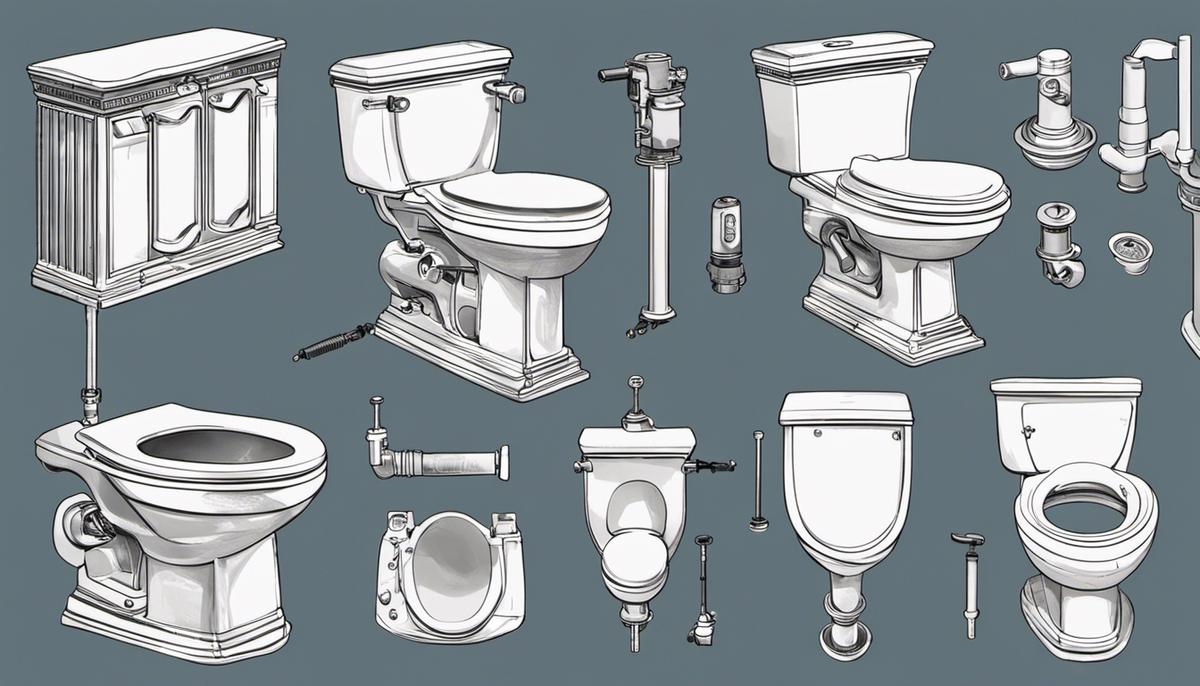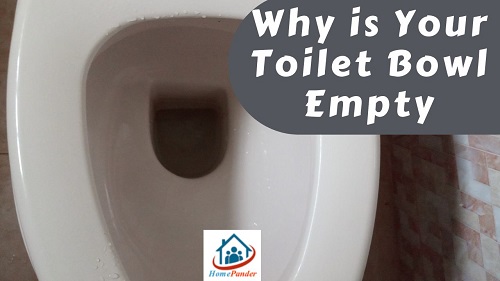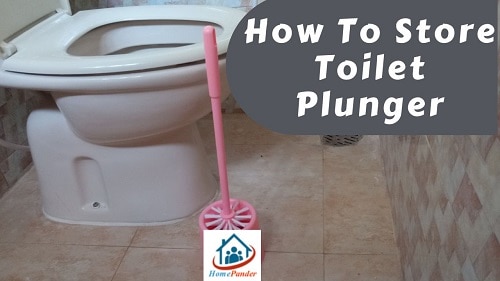Primers are great for creating a base on the surface. You can make an uneven surface ready for a paint job. Other than that, it works wonders for holding on to the paint.
But have you ever thought, how long can primer sit before painting?
In fact, this is quite an important topic. You see, there has to be a balance here. Otherwise, the whole job can go wrong and a great example of a nice removing latex paint setup can be found HERE.
That’s why we wrote this article explaining all the details you need to know about this topic.
So, without further delay, let’s get started-
Primer can typically sit for around 24 to 48 hours before painting, but it’s best to follow the manufacturer’s instructions for specific drying times. Leaving primer for too long without painting can lead to adhesion issues or require light sanding before applying paint to ensure proper adhesion.
How Long Can Primer Sit Before Painting?
There are multiple things you have to take into consideration here. Let’s talk about the drying part first. In fact, it really depends on the manufacturer.
You’ll see that a lot of brands will take only an hour or two. On the other hand, there are primers that can take up to an entire day to dry.
In order to know how long your primer will take to dry, the first thing you should check is the instructions manual.
But apart from that, the biggest factor is humidity. The higher the humidity the more time it’ll take to dry. A quick little trick is to turn on the air conditioner before you apply the primer.
The two types of primer, latex, and oil-based have different requirements depending on their drying time. One will be 1-2 hours while the other can take up to 24 hours. Here I’ve talked about latex paint in detail.
Nonetheless, you should give your primer at least 24 hours before you apply the paint. That way you’ll be ensuring a paint job that’ll last for many years.
Now, the real question is, how long can primer sit before painting?
Well, most latex primers can sit for up to 30 days before you apply paint. However, oil primers can’t sit for that long. You can expect it to stay intact for 14 days at best.
But what if you cross the 30-day limit? What’ll happen then?
Well, there’s not much you can do other than reapplying the primer all over again. It’s not like you can’t paint over it. But if you do, the paint won’t hold on for long.
At first glance, you’ll notice a lot of imperfections. That’s why it’s better to apply paint within the first week.
When Should You Use a Primer?
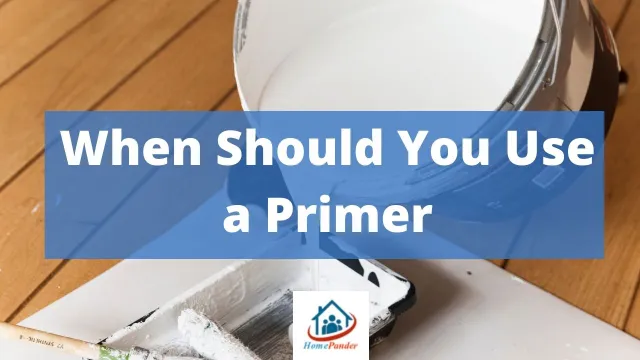
You don’t need primers every time you paint something. There are multiple criteria to follow. If the following things match with you, only then you’ll need a primer-
Uneven Surface
This is the biggest factor for using a primer. If the wall you’re trying to paint is uneven and full of pores, then a primer is a must for you.
Here’s the thing-
Suppose, you’re planning on painting a piece of wood. As we all know wood has thousands of pores that make the surface quite uneven. Wood, concrete walls, bricks most things have uneven surfaces.
So, you get how important it is to apply a primer. At the end of the day, if you want your paint job to look flawless, you have to use a primer.
Transition to Lighter Color
By using a primer ( link to amazon), you can easily change dark colors to much lighter colors. You’ll be surprised to see how easily a primer can do it.
In fact, a lot of brands can do it with only one or two layers.
Glossy Base Coat
If your wall’s base coat is somehow glossy, then bad news for you. Without a primer, paint won’t stick to it. You either have to strip off the entire paint or you can use a primer to make the job easier.
Things to Consider When Using a Primer
These aren’t really things to consider but things you can do to save time. We’ll be talking about how you can be more efficient. Also, you’ll learn how to make the job perfect. Let’s start-
Temperature and Humidity
Temperature and humidity are one of the two biggest factors for the drying time. If the room has low temperatures, then the drying time will be very slow.
On the other hand, if the temperature can reach about 74 degrees Fahrenheit or 25 degrees Celsius, then it won’t take more than an hour. As you can guess, turning up the heat can do wonders for the drying
In the previous section, we explained how humidity plays a big role in the drying process. So, you know why it’s important to keep the humidity level low in the room.
In fact, the humidity can be affected by rain too. So, try turning up the air conditioner if you’re in such situations.
Application
Using a spray gun can really speed up your process. The layers will be much thinner than with a brush. So, the drying time will be much less. After 1 to 2 hours, it’ll be completely ready for paint.
However, there’s something you need to do before you put the primer in the spray gun.
Strain all the primers to remove any kind of solid particles. While this might seem unnecessary but the end result will surprise you.
Type of Primer
As we all know paint and primers come in two types, water, and oil. Oil primers can take a significant amount of time to dry. Even though the final look is quite good, not many people can afford to wait for that long.
That’s why there are water-based latex primers. Nowadays these primers have become the top products in the market for the convenience and quality they offer.
Here is the one that we recommend–
- Best Water Based Primer: Rust-Oleum 2004 Zinsser Primer
At the end of the day, it depends on you. If you have some spare time, you can use oil primers. Otherwise, go with water-based primers.
Related Questions
[faq-schema id=”1550″]
Verdict
So, that’s all we had to say about how long can a primer sit before painting. By now, you know that it depends on the type of primer you used.
But no matter what you do, never paint on a primer that’s more than 30-days old. Reapply the primer if you somehow can’t do it in this period.
Good luck with the process of how long can you leave primer unpainted!






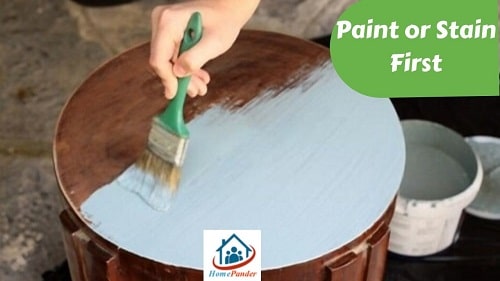


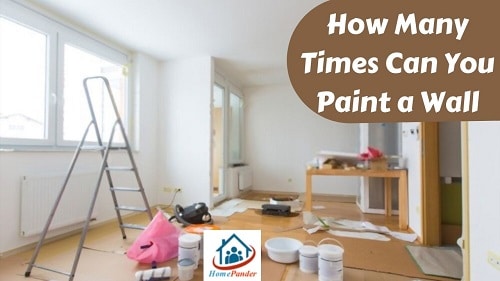
![How To Clean Dark Grout That Has Turned White [5 Easy Ways]](https://homepander.com/wp-content/uploads/2021/12/How-To-Clean-Dark-Grout-That-Has-Turned-White.webp)

![How to Remove Crystallized Urine [Explained]](https://homepander.com/wp-content/uploads/2022/02/How-To-Remove-Crystallized-Urine.jpg)
